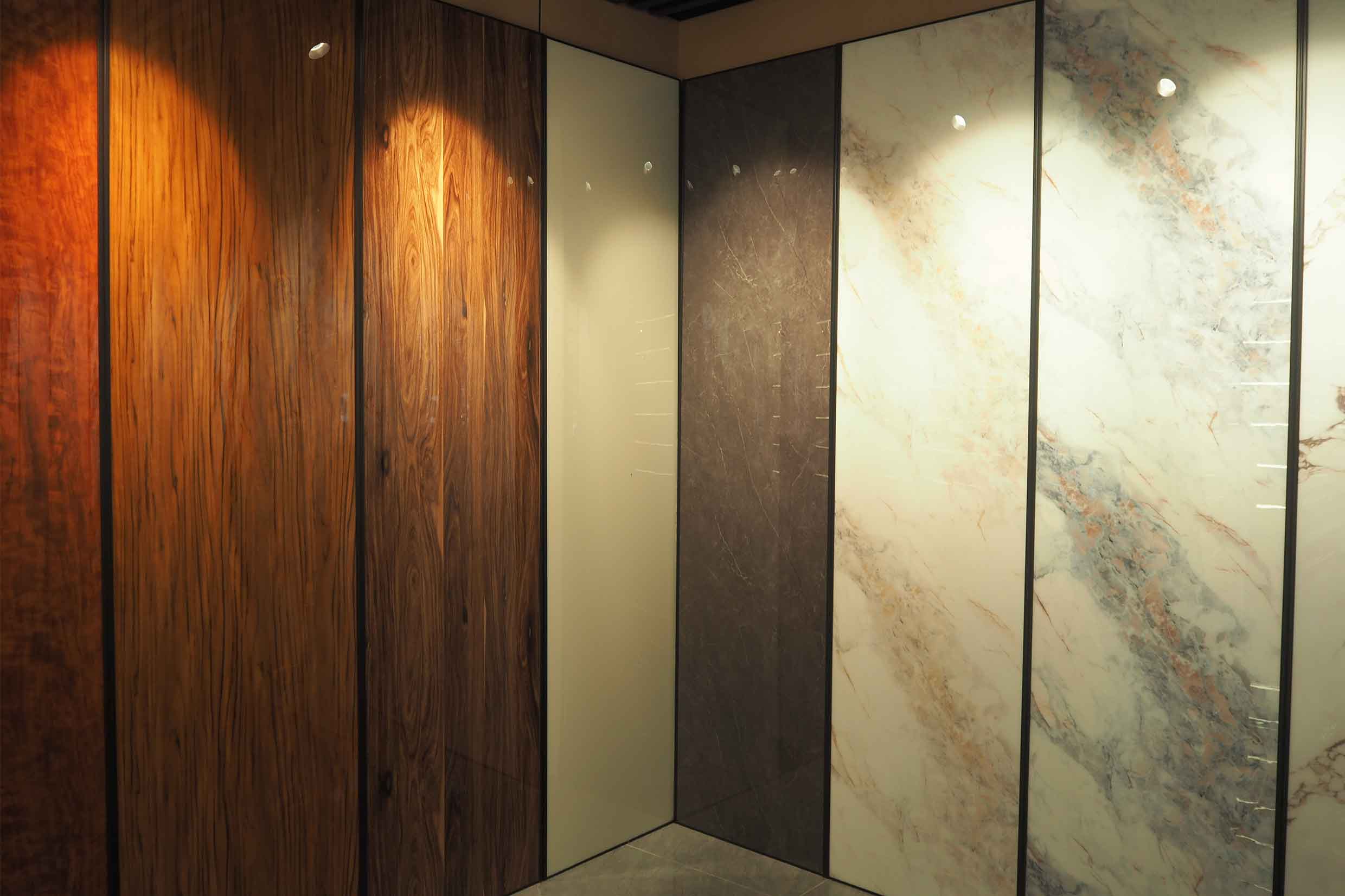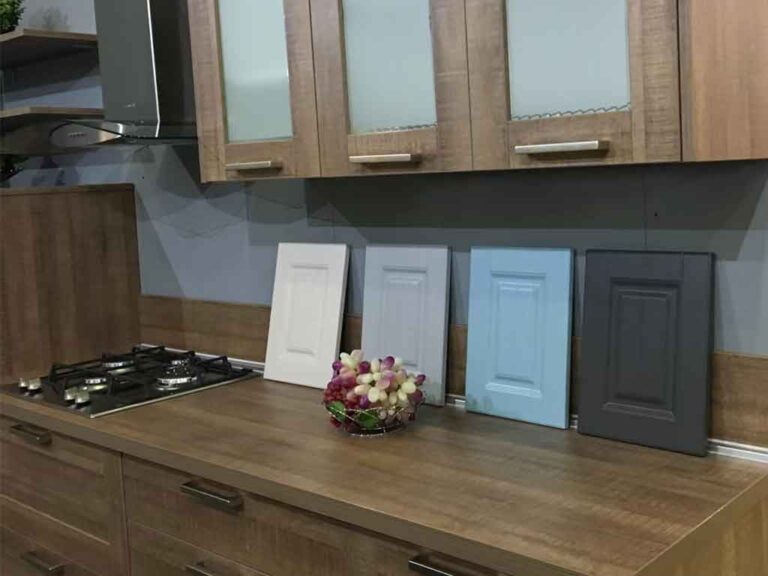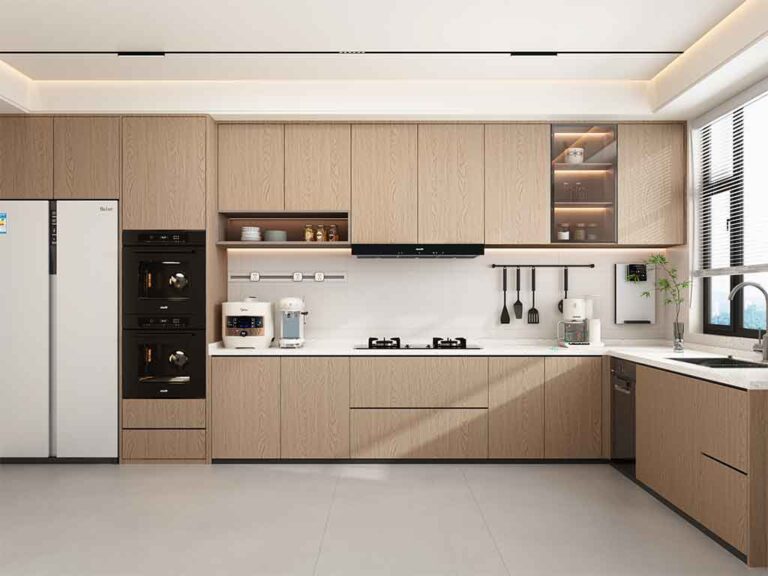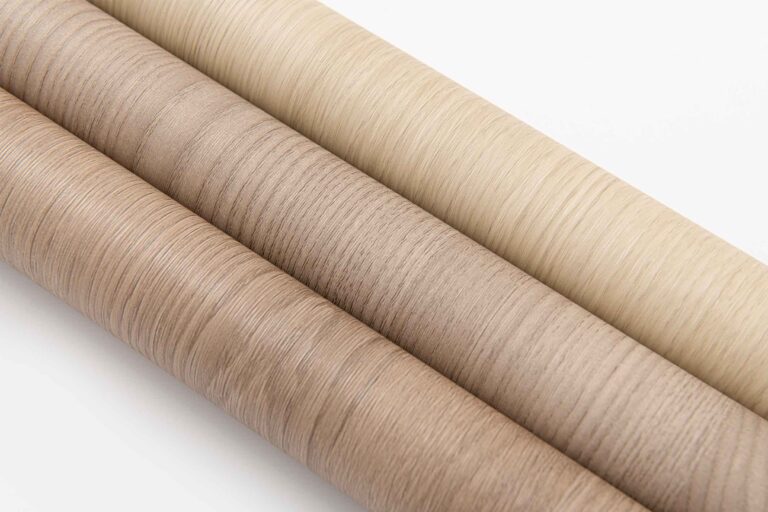Is it hard to laminate Acrylic Sheet?
Laminating acrylic sheets onto a substrate (such as MDF, plywood, or particleboard) is a widely used technique in furniture manufacturing, interior design, and signage. This process enhances durability, provides a high-gloss finish, and improves resistance to scratches and wear. However, achieving a flawless result requires precision, the right materials, and proper techniques.
This guide explores the two primary methods of acrylic sheet lamination—machine lamination (recommended) and manual application—along with their challenges, best practices, and key considerations.
1. Why Laminate Acrylic Sheets?
Acrylic decorative sheet is a popular material due to its:
- High gloss and clarity (similar to glass but more durable).
- Scratch and UV resistance.
- Lightweight yet rigid structure.
- Versatility in colors, textures, and finishes (metallic, matte, glossy).
Laminating acrylic onto a board combines its aesthetic benefits with the structural strength of wood-based panels, making it ideal for:
- Furniture, like cabinets, wardrobes etc.
- Wall panels & interior cladding.
- Retail displays & signage.
- Doors and partitions.
However, improper lamination can lead to bubbles, peeling, or adhesive failure, so choosing the right method is crucial.
2. Machine Lamination (The Best Method)
Why Use a Machine?
The most professional and reliable way to laminate acrylic sheets is with a PUR lamination machine. This method ensures:
- Perfect adhesion with no bubbles or wrinkles.
- High durability due to strong chemical bonding.
- Consistency across large production batches.
How It Works
- Surface Preparation
- The substrate (MDF, plywood, etc.) must be flat, smooth, and dust-free.
- Some manufacturers apply a primer to improve adhesion.
- Adhesive Application
- A PUR adhesive is applied evenly to the board.
- This adhesive reacts with heat to form an ultra-strong bond.
- Acrylic Sheet Placement
- The acrylic sheet is carefully positioned on the adhesive-coated board.
- Pressing & Curing
- The assembly is fed into the lamination machine, which applies heat and pressure (typically 80-90°C).
- The pressure ensures full contact, eliminating air pockets.
- Cooling & Finishing
- After pressing, the panel cools, and excess material is trimmed.
- The result is a seamless, high-gloss surface ready for fabrication.
Advantages of Machine Lamination
✔ Bubble-free finish (unlike manual methods).
✔ Stronger bond (PUR adhesive is more durable than standard glues).
✔ Faster production (ideal for large-scale manufacturing).
✔ Compatible with other materials (PVC foils, PET films, HPL).
Watch the Process: Acrylic Sheet Lamination Machine Demo
3. Manual Lamination (Alternative Method)
Some small workshops or DIYers laminate acrylic sheets by hand, but this method has challenges.
Step-by-Step Manual Process
- Choose the Right Adhesive
- Epoxy, contact cement, or acrylic-specific adhesives work best.
- Avoid solvent-based glues that can damage acrylic.
- Prepare the Surface
- Sand the substrate lightly for better adhesion.
- Clean with isopropyl alcohol to remove dust and grease.
- Apply Adhesive
- Spread a thin, even layer on both the board and acrylic sheet.
- Let it become tacky (if using contact cement).
- Position the Acrylic Sheet
- Carefully place the sheet, starting from one edge to avoid trapping air.
- Use a J-roller to press out bubbles.
- Clamp & Cure
- Apply even pressure with clamps or heavy weights for 24+ hours.
- Trim excess material after curing.
Challenges of Manual Lamination
❌ Air bubbles (difficult to remove without a strong pressure).
❌ Uneven adhesion (risk of peeling over time).
❌ Longer curing time (slower than machine lamination).
❌ Not suitable for large panels (higher risk of errors).
When to Use Manual Lamination?
- Small projects (e.g., decorative items, sample pieces).
- Low-budget or DIY applications where a machine isn’t available.
4. Key Factors for Successful Lamination
A. Choosing the Right Adhesive
B. Substrate Preparation
- MDF & Plywood: Best for stability.
- Particleboard: Requires sealing to prevent adhesive absorption.
C. Avoiding Common Mistakes
- Not cleaning surfaces → Poor adhesion.
- Using too much adhesive → Oozing, uneven finish.
- Rushing the curing process → Weak bond.
- Ignoring temperature/humidity → Affects adhesive performance.
5. Conclusion: Machine vs. Manual Lamination
| Factor | Machine Lamination | Manual Lamination |
|---|---|---|
| Quality | Flawless, professional | Risk of bubbles/peeling |
| Speed | Fast (minutes) | Slow (hours/days) |
| Cost | Higher initial investment | Low-cost (DIY-friendly) |
| Best For | Mass production, high-end furniture | Small projects, prototypes |
Final Recommendation
- For businesses & manufacturers: Invest in a PUR lamination machine for the best results.
- For hobbyists & small projects: Manual lamination is possible but requires patience and precision.
Want to explore more acrylic designs? Check our catalog here.



